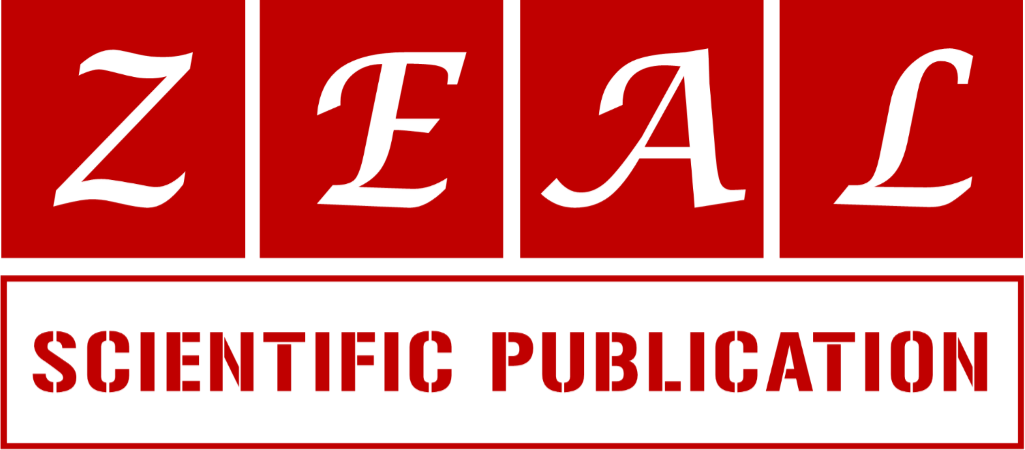A Study on Aphanamixis polystachya for evaluation of phytochemical and pharmacological properties
1 Department of Pharmacy, State University of Bangladesh, Dhaka-1205, Bangladesh.
2 Department of Applied Chemistry and Chemical Engineering, Noakhali Science & Technology University, Noakhali-3814, Bangladesh.
3 Department of Pharmacy, Atish Dipankar University of Science and Technology, Dhaka, 1230, Bangladesh.
4 Department of Pharmacy, Noakhali Science and Technology University, Noakhali- 3814, Bangladesh.
5 Department of Pharmacy, BGC Trust University Bangladesh. Chittagong-4381, Bangladesh.
Research Article
World Journal of Chemical and Pharmaceutical Sciences, 2022, 01(01), 001–009.
Article DOI: 10.53346/wjcps.2022.1.1.0022
Publication history:
Received on 12 January 2022; revised on 10 March 2022; accepted on 12 March 2022
Abstract:
The present study was conducted to detect possible chemicals (phytoconstituents), and investigate antioxidant, antimicrobial and thrombolytic activities of the extract of Aphanamixis polystachya (stem bark). Phytochemical screening was carried out using the standard test methods of different chemical group. For investigating the antioxidant activity, two complementary test methods namely DPPH free radical scavenging assay and total phenolic content determination were carried out. For the evaluation of in Vitro antimicrobial activity, disc diffusion method, and to determine the thrombolytic activity, the method of Prasad et al., 2007 with minor modifications were used. The bark extracts were a rich source of phytochemicals. In DPPH free radical scavenging test, the Carbon tetra chloride soluble fraction showed the highest free radical scavenging activity with IC50 value 19.86 µg/ml. while compared to that of the reference standards ascorbic acid. Aphanamixis polystachya was also found as a good source of total phenolic contents. Moreover, the extracts revealed broad spectrum antimicrobial activity at the concentration of 400 µg/disc. By comparing with the negative control the mean clot lysis % was significant (p value <0.0009). Therefore, further studies are suggested to determine the active compounds responsible for the biological activities of the plant extracts.
Keywords:
Phytochemical; Antioxidant; Antimicrobial; Thrombolytic; Aphanamixis polystachya
Full text article in PDF:
Copyright information:
Copyright © 2022 Author(s) retain the copyright of this article. This article is published under the terms of the Creative Commons Attribution Liscense 4.0
